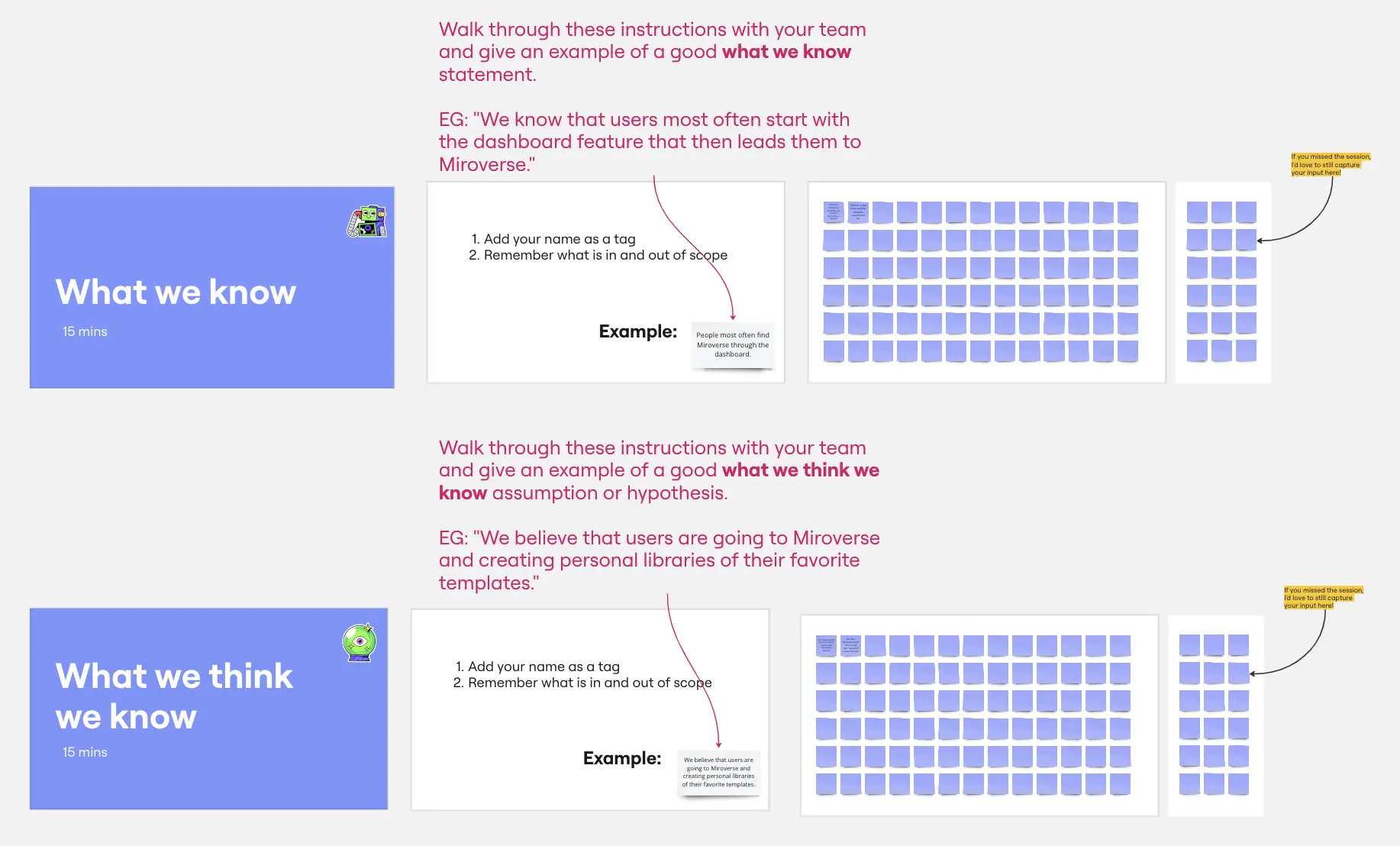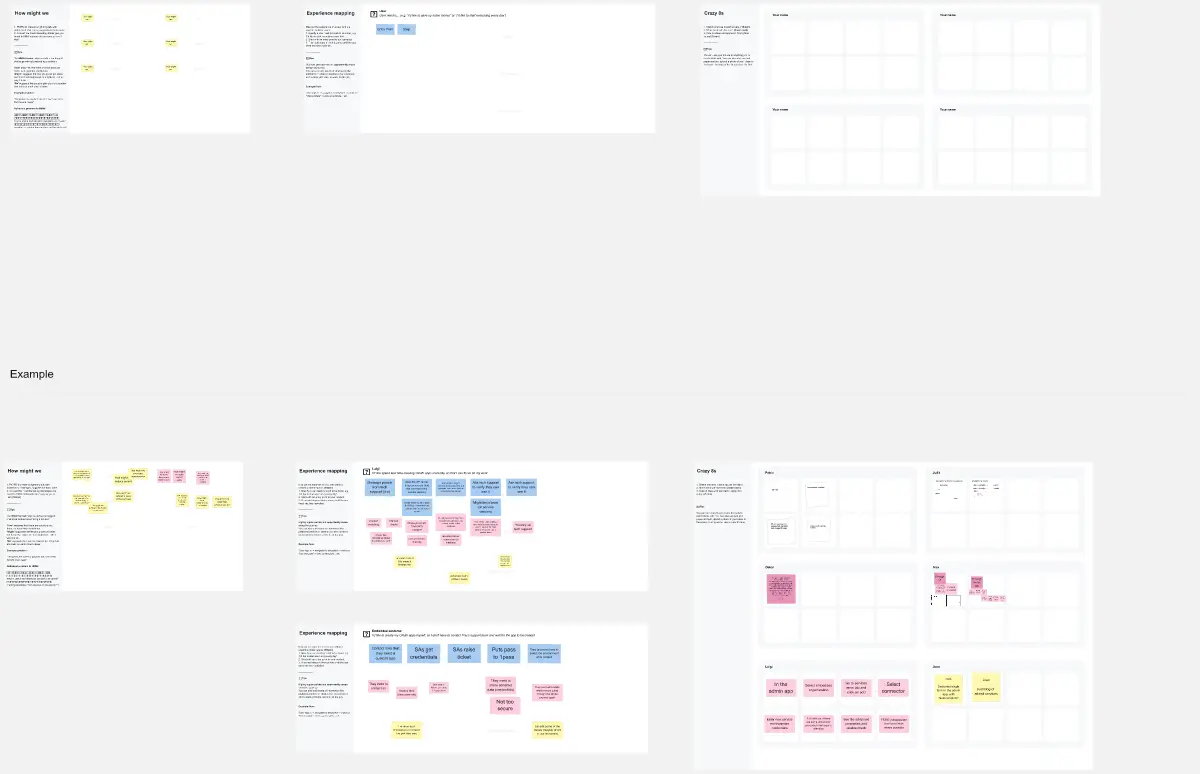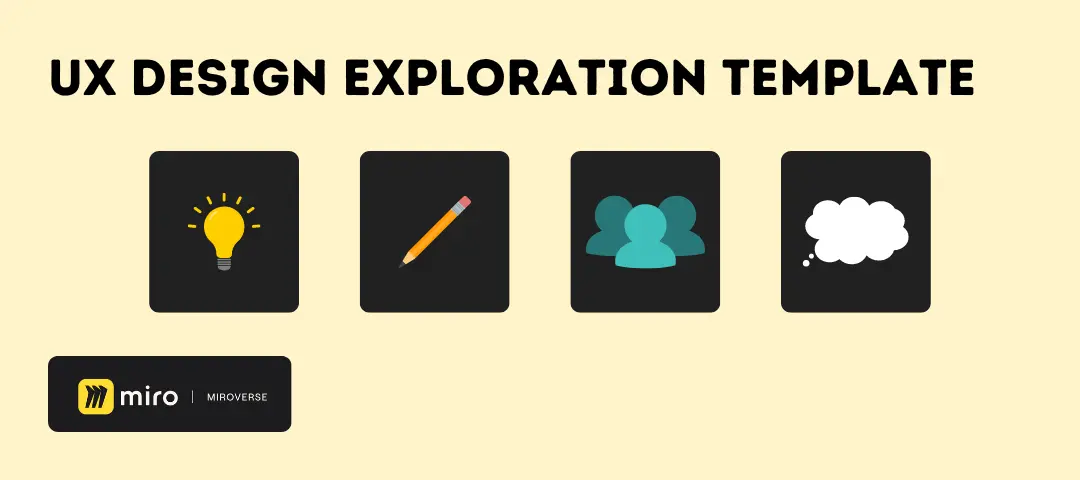About this template
The UX Design Brain Dump template is for organising and distilling your UX design projects before crafting them into polished case studies. Designed to facilitate the brain dumping process, this template helps you capture all relevant project details, insights, and iterations in one place. By capturing everything initially, you can then refine and select the most compelling elements for inclusion in your final case study.
Key sections
Project overview: Capture the essential details of your project, including the project name, objectives, stakeholders, and timeline.
Research and discovery: Document your research process, including user interviews, surveys, competitor analysis, and persona development. Use this section to highlight what you did and why you did what you did. What did you learn from the research and what decisions did this influence?
Design exploration: How did you brainstorm design concepts and ideate on your wireframes? Why did you do this? Who was involved?
Usability testing and iterations: Detail your usability testing methodology, observations, and iterations based on user feedback. This section helps you track the evolution of your design as you refine it based on user insights.
Final design and launch preparation: Outline the preparations made for launching the project, such as marketing strategies and post launch evaluation plans. Were the project goals met? Did the project meet the success criteria? Was there a post project retrospective? What were your learnings?
Who should use it?
UX Designers, Product Designers and anyone else in this field: Utilise this template to organise and synthesise project details, insights, and iterations before crafting them into case studies. Brain dump all relevant information here and then refine it further for your case study.
How to use it
Begin by filling in each section with relevant project details.
Use the template as a brainstorming tool to capture all aspects of your project, even those you may not include in the final case study.
Once you've completed the brain dump, review and refine the information to select the most relevant and impactful elements for your case study.
You could also start to create a high-level case study outline by using frames and refining further.






